07/11/2020 | Maria Adelaide Marchesoni
Jocelyne and Fabrice Petignat art collection
A passion for contemporary art that mother and son have been cultivating for more than thirty years
Fabrice and Jocelyne Petignat have built their collection day after day, following their own intuition, traveling a lot and exploring all forms of artistic languages without obeying any constraints. They buy for affinity and complicity with the artists, to live with the artworks. The attention to art research has enriched their collection and they have often discovered and appreciated the talent of artists who have subsequently been legitimated by the critics and the market. An example: a work by video artist Pipilotti Rist purchased in the early nineties.
What does "collecting" mean?
In the beginning there was no intention to collect. We started attending exhibitions in museums, then galleries and art fairs, without any other purpose. The idea of collecting came later, when we realized that the first purchases were beginning to form a whole.
When and why did you start collecting?
In the mid 80's, but very slowly. At first with more classical works, then from the beginning of the 90s with Contemporary art.
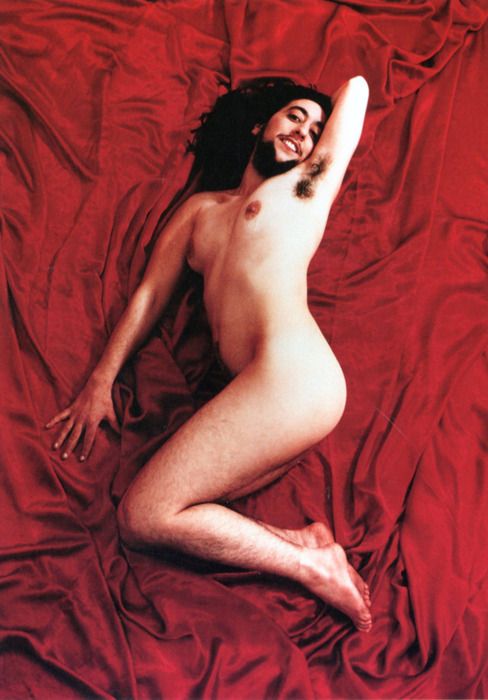
Zoe Leonard, Jennifer Miller
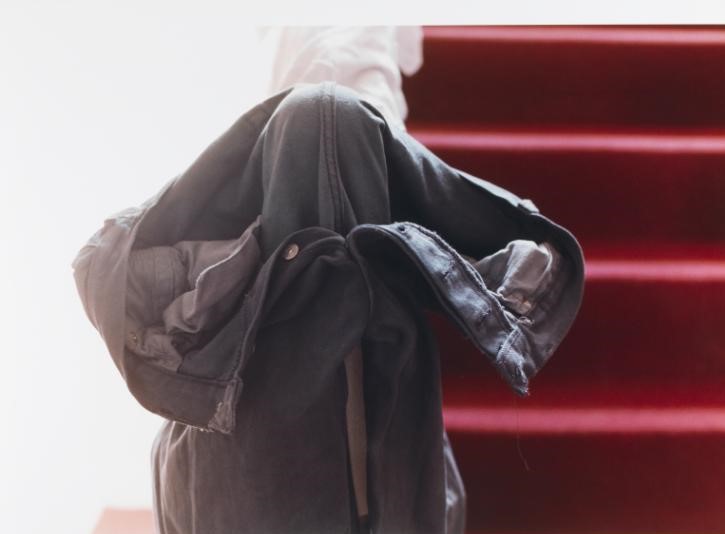
Wolfgang Tillmans
What impresses you in an art work?
It depends on the work and the artist. The essence and meaning are very important, always taking into account the aesthetic side and the artist's spirit. Size or type are less important. We have works of all kinds: painting, sculpture, drawing, photography, installations, video, editions. The work must reach us and interact with our interests and concerns.
Which aspect of collecting do you prefer: searching, finding or owning?
Our collection is not a systematic research on a specific theme. Rather, it is the result of encounters, findings, and journeys that finally lead us to the purchase of a work. Everything is very wide and without prejudices. The moment of finding is undoubtedly the most interesting. A finding often leads to another discovery.
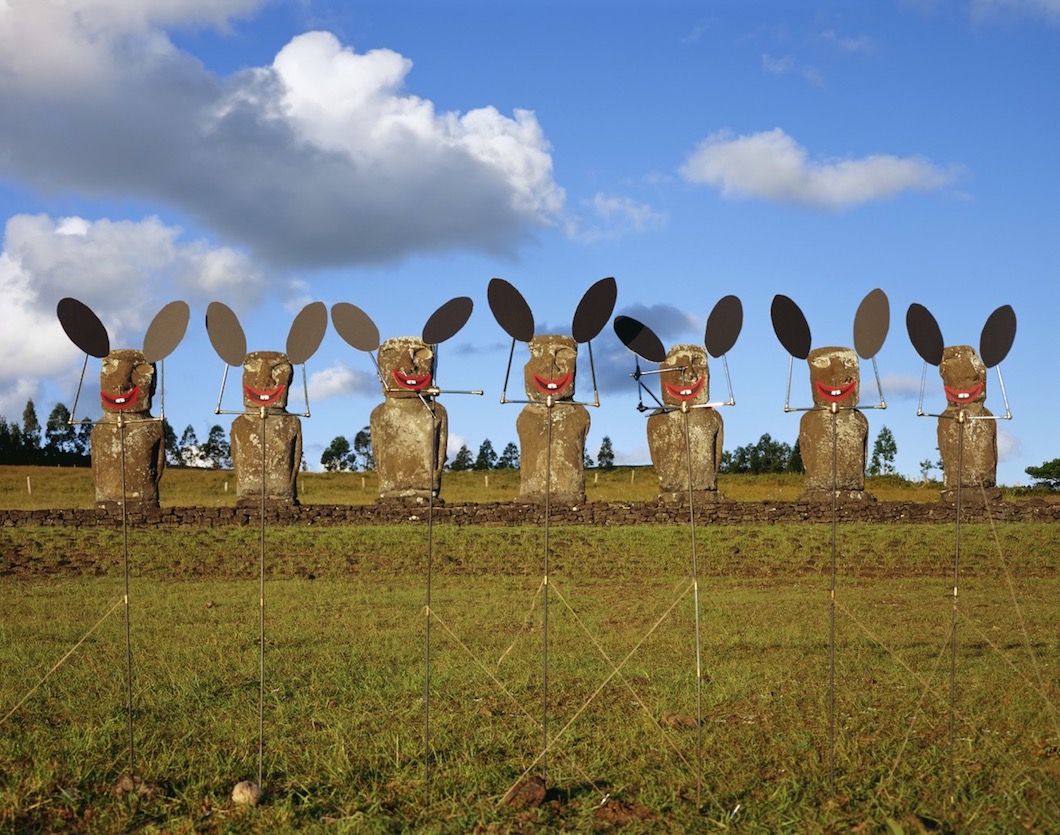
Olaf Breuning, Easter Bunnies, 2004 Collection Jocelyne et Fabrice Petignat
The focus of your collection (if any)?
In our collection we have a large group of female artists, which is not dictated by any will or concerted decision. After a few years we realized that we have already collected many works of female artists since the early 90s. The young female artists of those years, working with their bodies and identities, brought us in a very natural way to the performers of the 70s, such as Marina Abramovic or Valie Export. For the remaining we have many works that have music and animals as their subject.
The artistic language that fascinates you the most?
No one in particular, everyone is important.
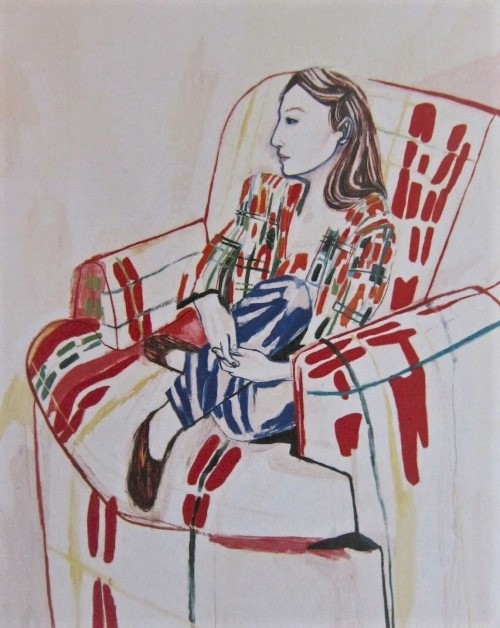
Raffi Kalenderian
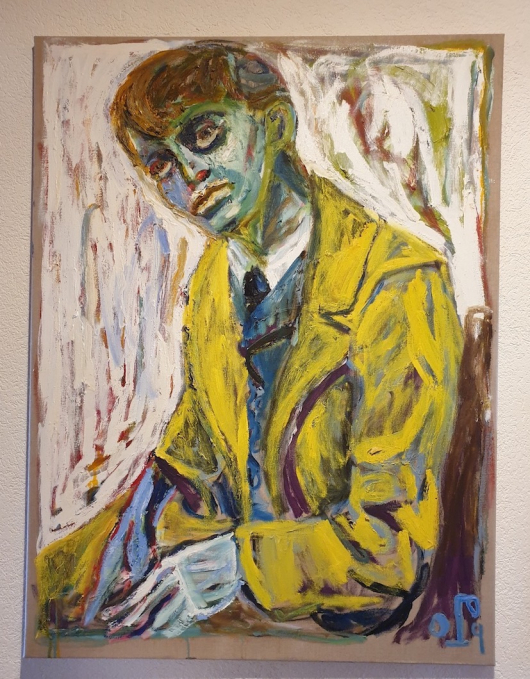
Billy Childish, Young Walser, 2009 Oil on linen
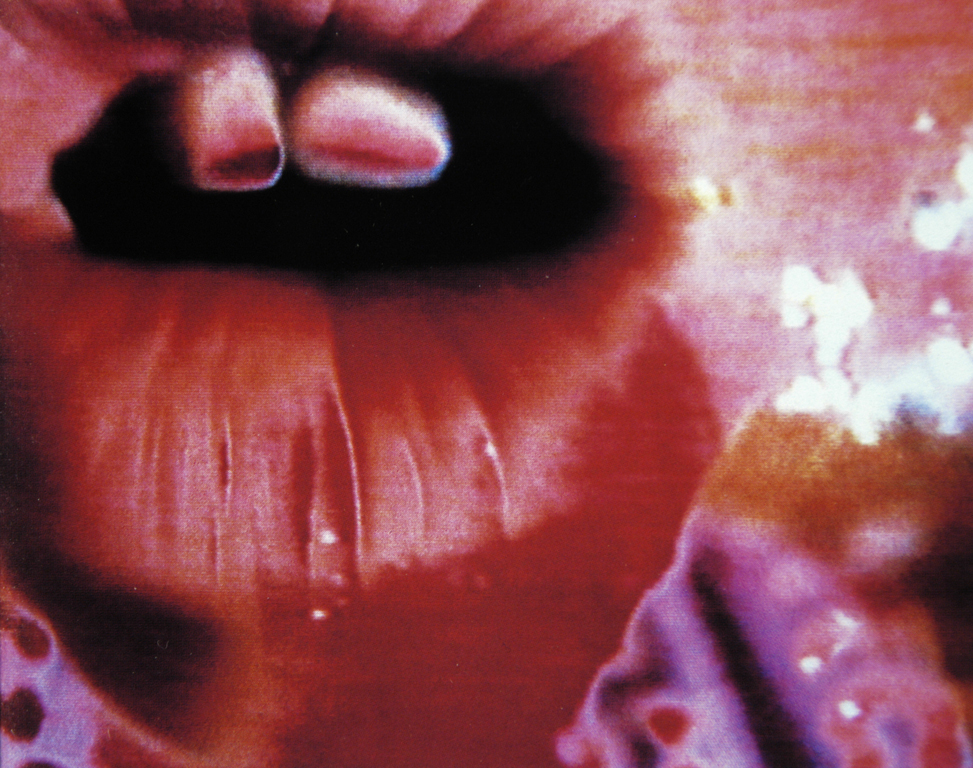
Pipilotti Rist
What is the work you consider the starting point of the collection?
No work in particular. The scene of the early 90s was the starting point of our contemporary collection. In fact, it rediscovered an energy and impertinence that were missing at the end of the 80s, and that the crisis of '88 swept away, allowing a new art scene and new galleries to emerge.
An impulsive purchase
"The Resurrection of Lazarus" by Billy Childish, during the lockdown.
A meditated purchase
Miriam Cahn of which we have formed a coherent whole over the years.
How has the collection changed (if it has changed) in recent years?
It has evolved slowly. Over time it has developed in a diversified way. The interest for the artists (fortunately still numerous), who do not give in to the ease that identifies these last years, remains intact.
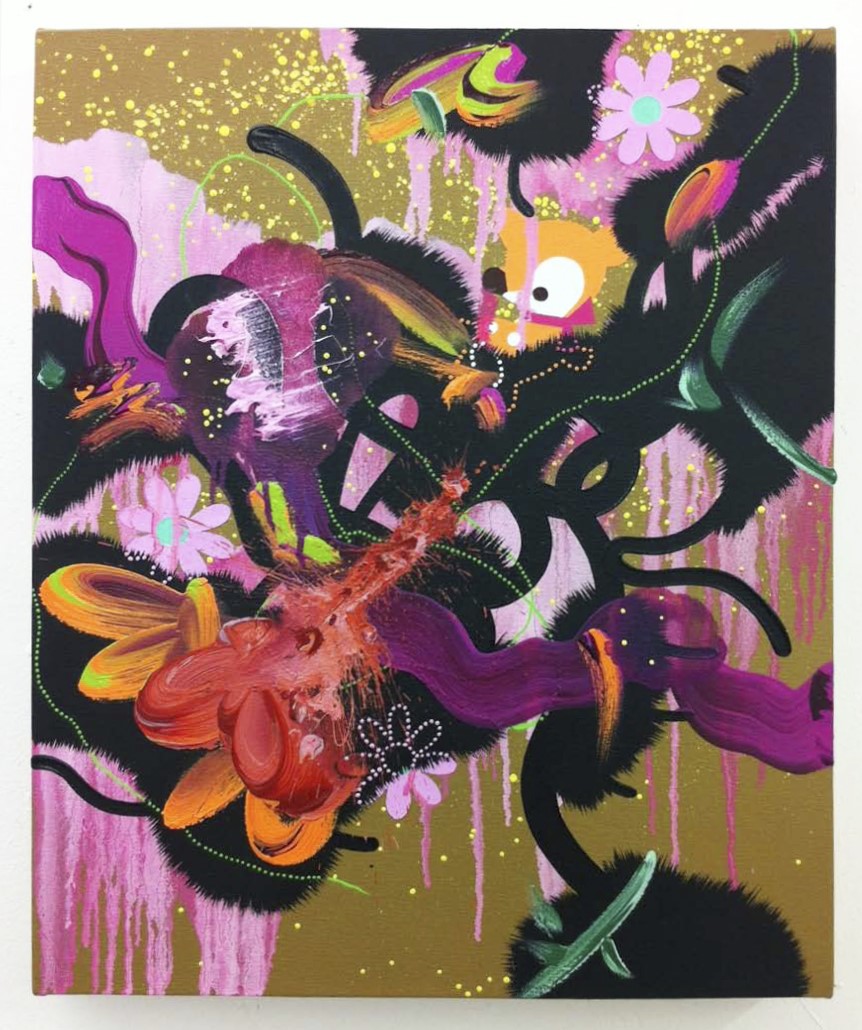
Fiona Rae, I am looking for Happiness!, 2009, Collection Jocelyne et Fabrice Petignat
Among the protagonists of the art world you met do you tell us any anecdotes?
Too many anecdotes of unforgettable encounters and great emotions in these 35 years. To mention the most famous, the gallery owner Yvon Lambert who inspired us a lot, and obviously the artists: Daniel Buren, Christian Boltanski, Urs Lüthi, Elisabeth Peyton, Tony Cragg, Sue Williams, Mirian Cahn, Zoé Leonard, etc.... Among the curators: Adelina von Fürstenberg to whom we are very close and who does extraordinary work, and of course Harald Szeemann we met for a short time during a fair in Basel.
Do you like to meet artists? Can there be a relationship with the artist beyond the possession of the work of art?
It is certainly undeniable that to meet the artist, to talk to him/her about his/her work is an additional value. This allows you to know his/her artistic purposes and the direct contact allows you to better understand the person and the work.
How did you react during the lockdown? Did art help you to overcome the difficult moment or there was a pause?
Neither one, only the lack of new exhibitions, especially in museums. The fact that you could no longer travel and go to galleries and museums was hard.
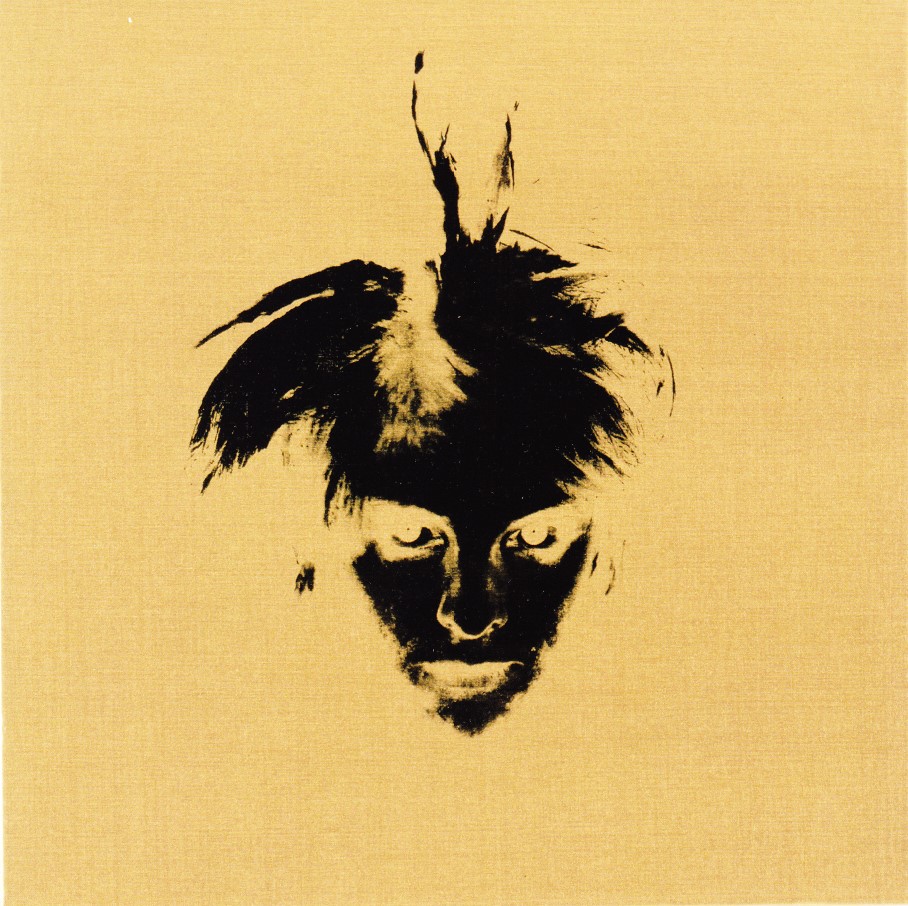
Gavin Turk
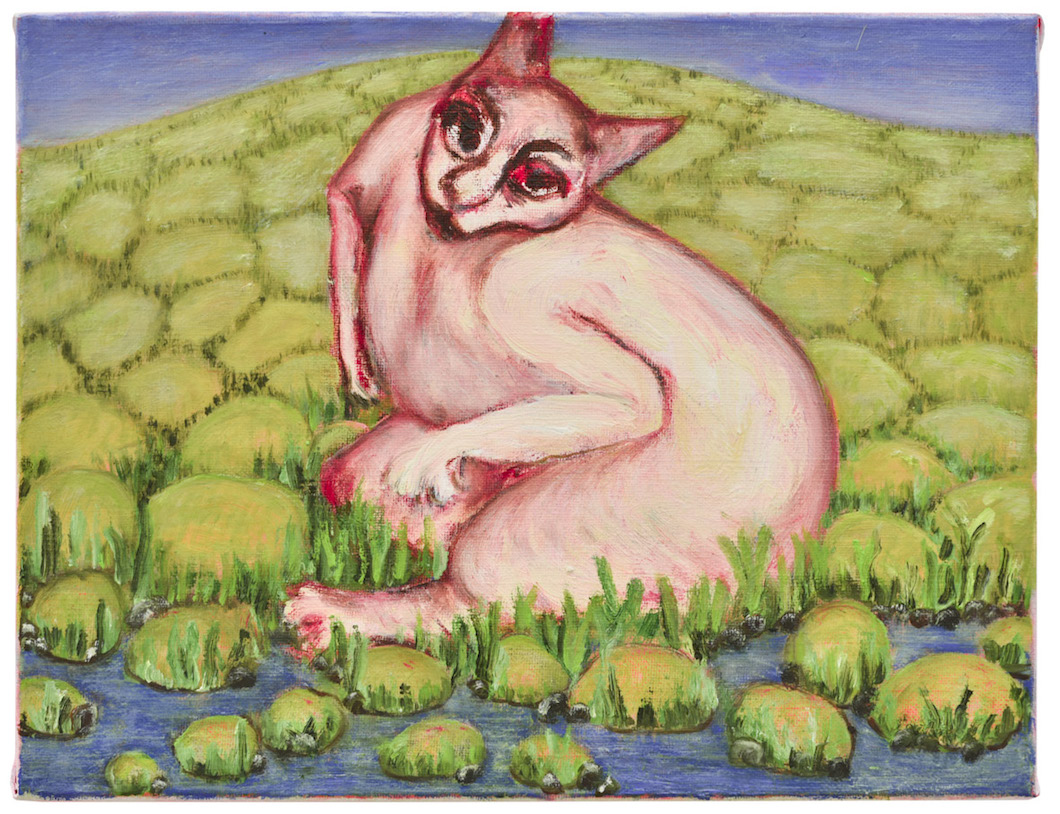
Andriu Deplazes, Katzenwesen, 2020
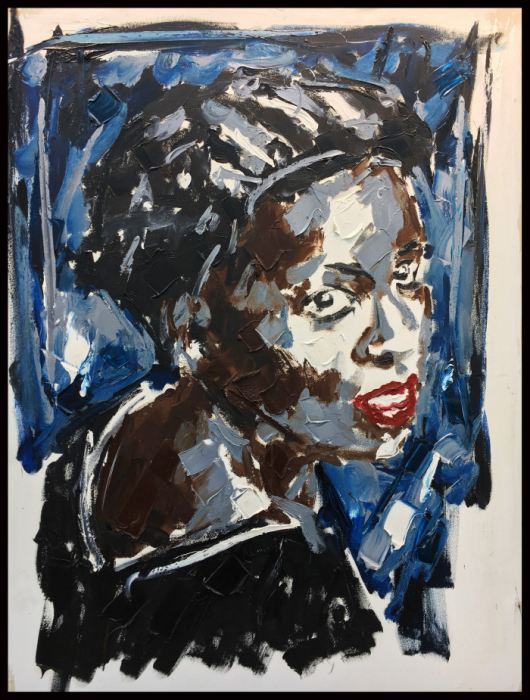
Christian Lindow
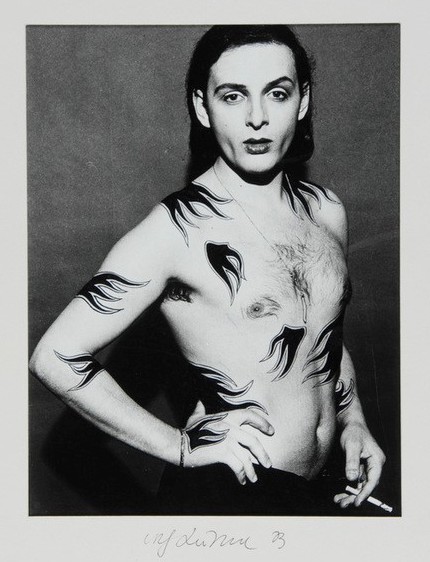
Urs Lüthi, Selbstportrait , 1973
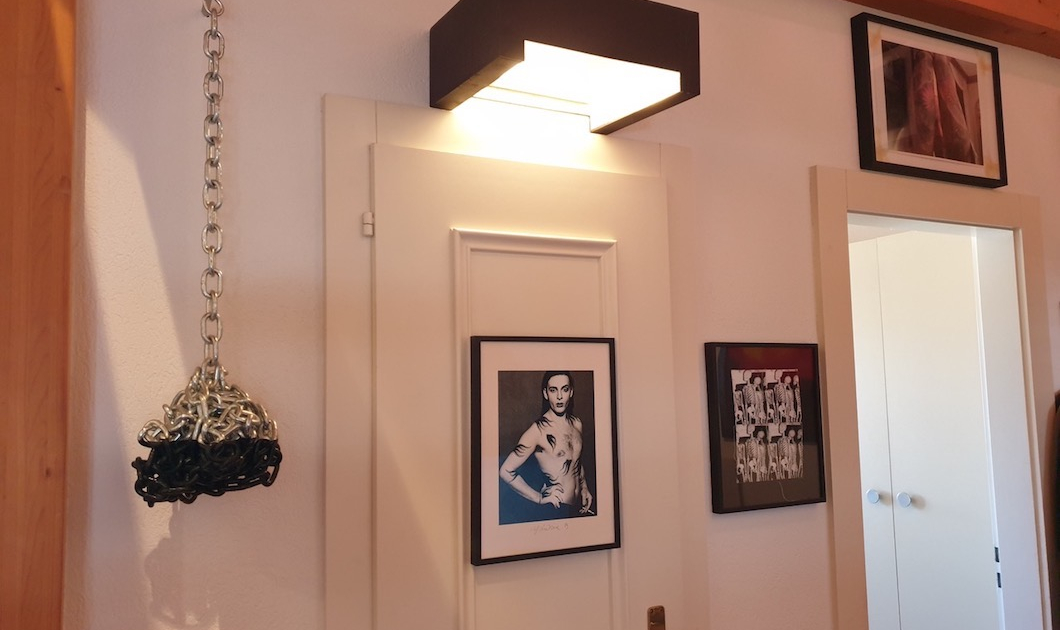
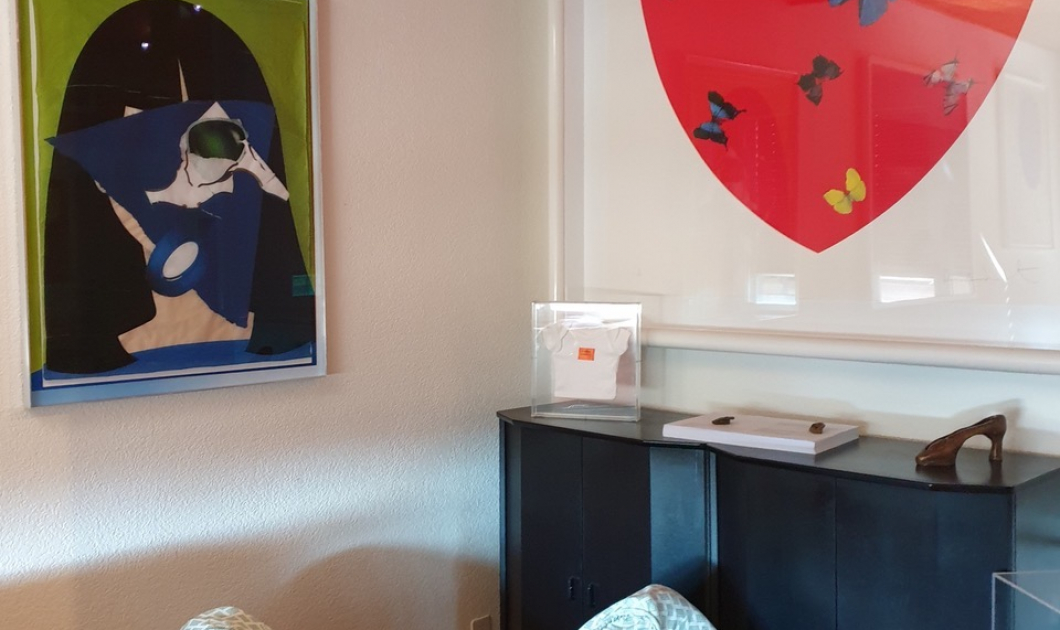
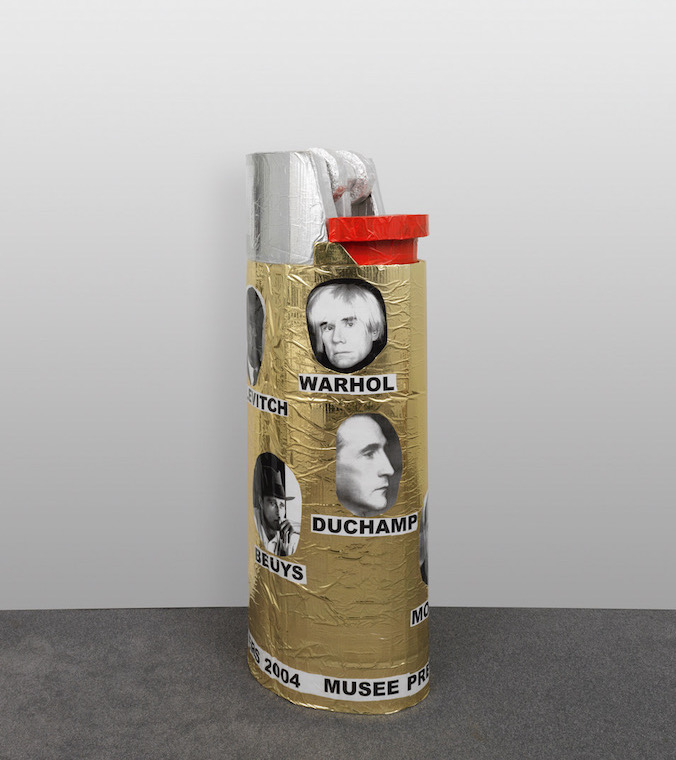
Thomas Hirschhorn
Pros and cons of loaning art works and social networks.
For loans, despite the danger to have damaged works returned, it is important to be available for the loans. Especially for important exhibitions as they allow to make the Collection known and often to see the work in the catalog.
The social networks are a good way to get information, but do not let yourself be overwhelmed by the flow of information, which sometimes are not very interesting. You have to define what you want to see. It's the same problem with e-mails: receiving too many e-mails in the end leads us not to pay attention anymore.
An emblematic work in your collection?
Jennifer Miller by Zoe Leonard.
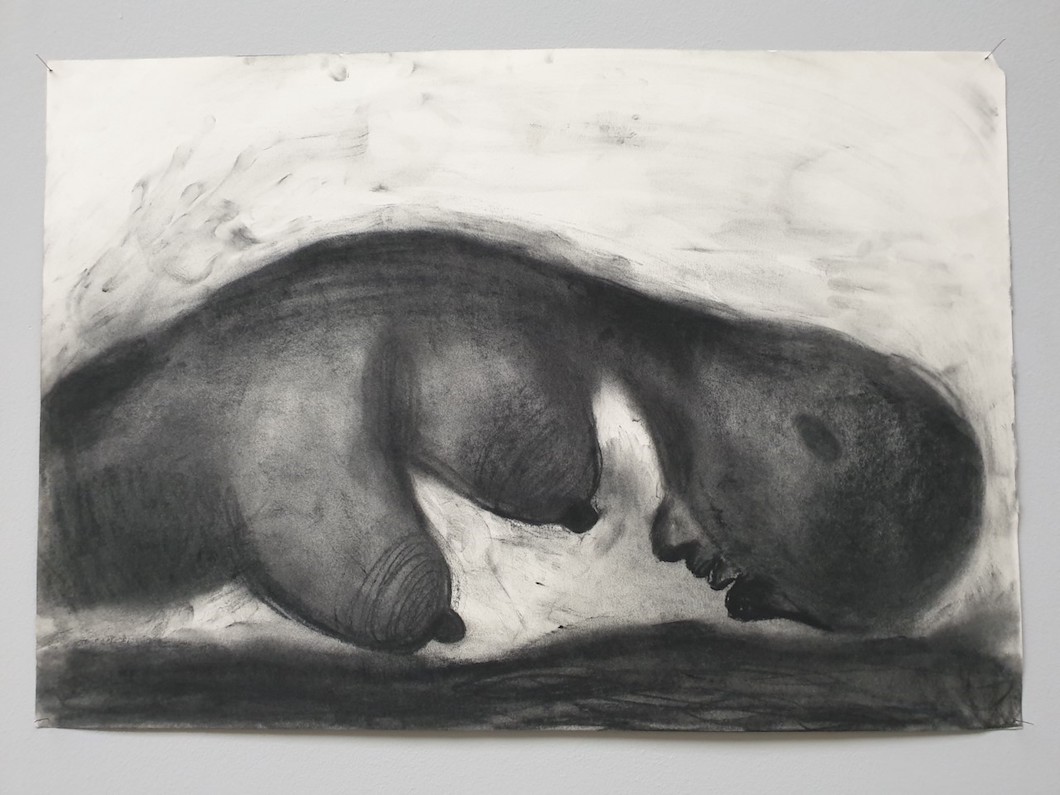
Miriam Chan
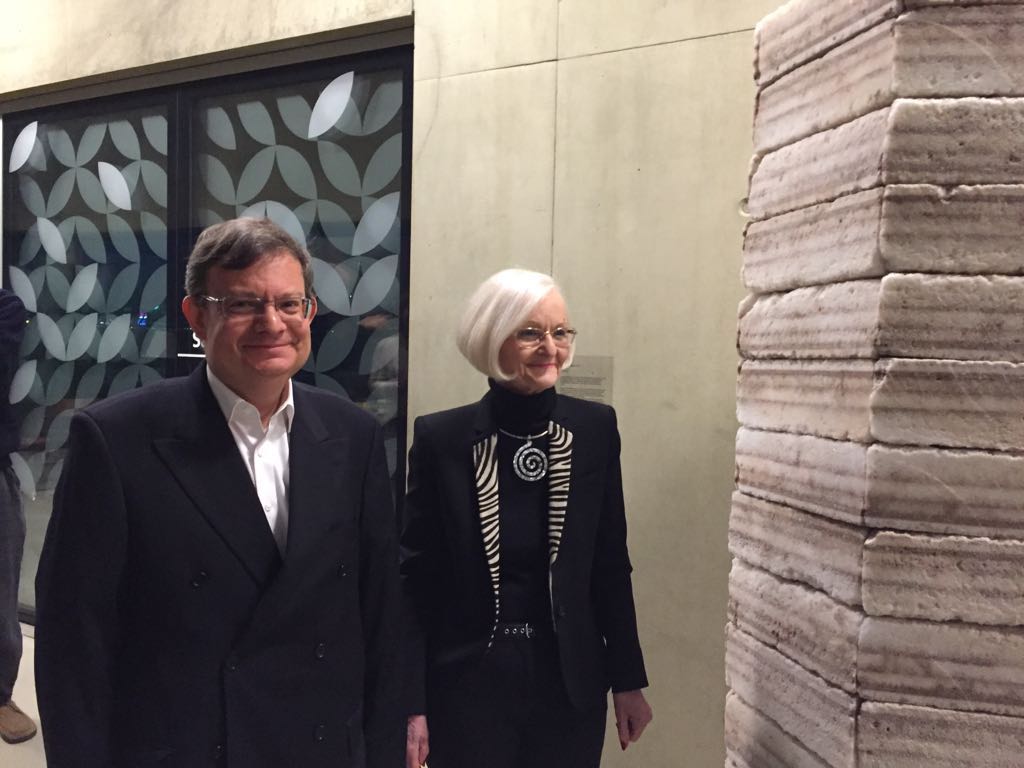
Jocelyne e Fabrice Petignat, di fianco a una colonna di Julian Charrière donata alla città di Lancy.